Best Companion Plants For Artemisia
Best Companion Plants for Artemisia
Artemisia is a genus of flowering plants that includes over 400 species. These plants are native to Europe, Asia, and North America, and they are known for their silver-gray foliage. Artemisias are drought-tolerant and sun-loving, and they make excellent additions to gardens, borders, and containers.
When choosing companion plants for artemisia, it is important to consider the plant's needs for sunlight, water, and soil type. Artemisias prefer full sun and well-drained soil. They are also relatively drought-tolerant, but they will benefit from occasional watering during hot, dry weather.
Some good companion plants for artemisia include:
- Salvia: Salvias are another genus of drought-tolerant plants that come in a variety of colors. They make excellent companions for artemisia because they have similar growing requirements.
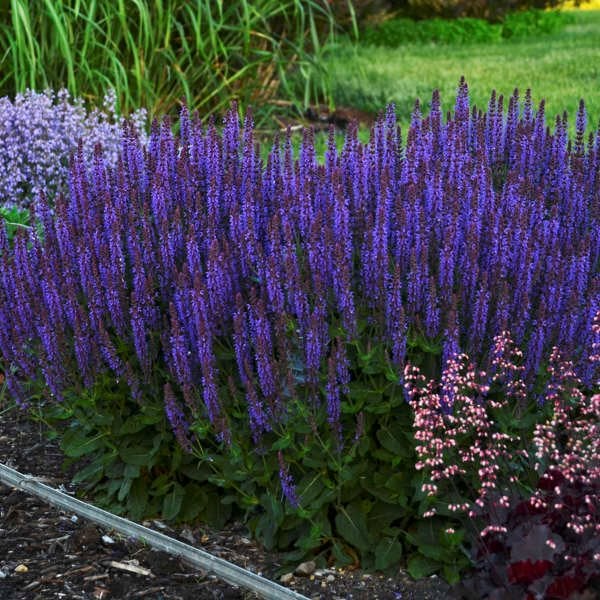
- Lavender: Lavender is a fragrant herb that is also drought-tolerant. It makes a beautiful companion for artemisia, and it can help to repel pests.
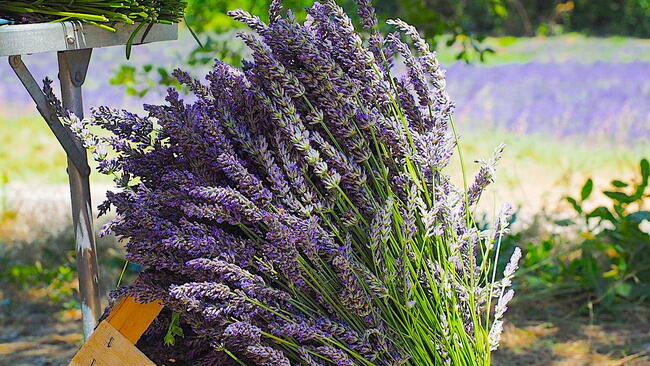
- Yarrow: Yarrow is a hardy perennial that is known for its daisy-like flowers. It is a good companion for artemisia because it helps to attract beneficial insects.

- Coneflower: Coneflowers are another type of daisy-like flower that is native to North America. They are drought-tolerant and make excellent companions for artemisia.
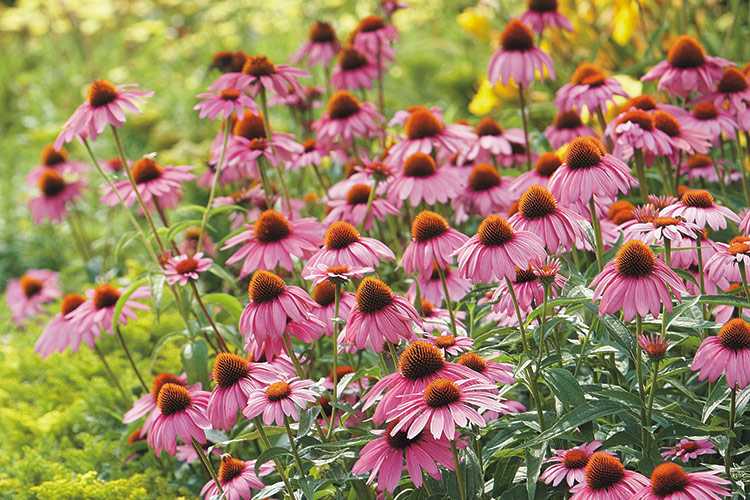
- Ornamental grasses: Ornamental grasses add height and texture to the garden, and they make good companions for artemisia. Some good choices include miscanthus, pampas grass, and fountain grass.
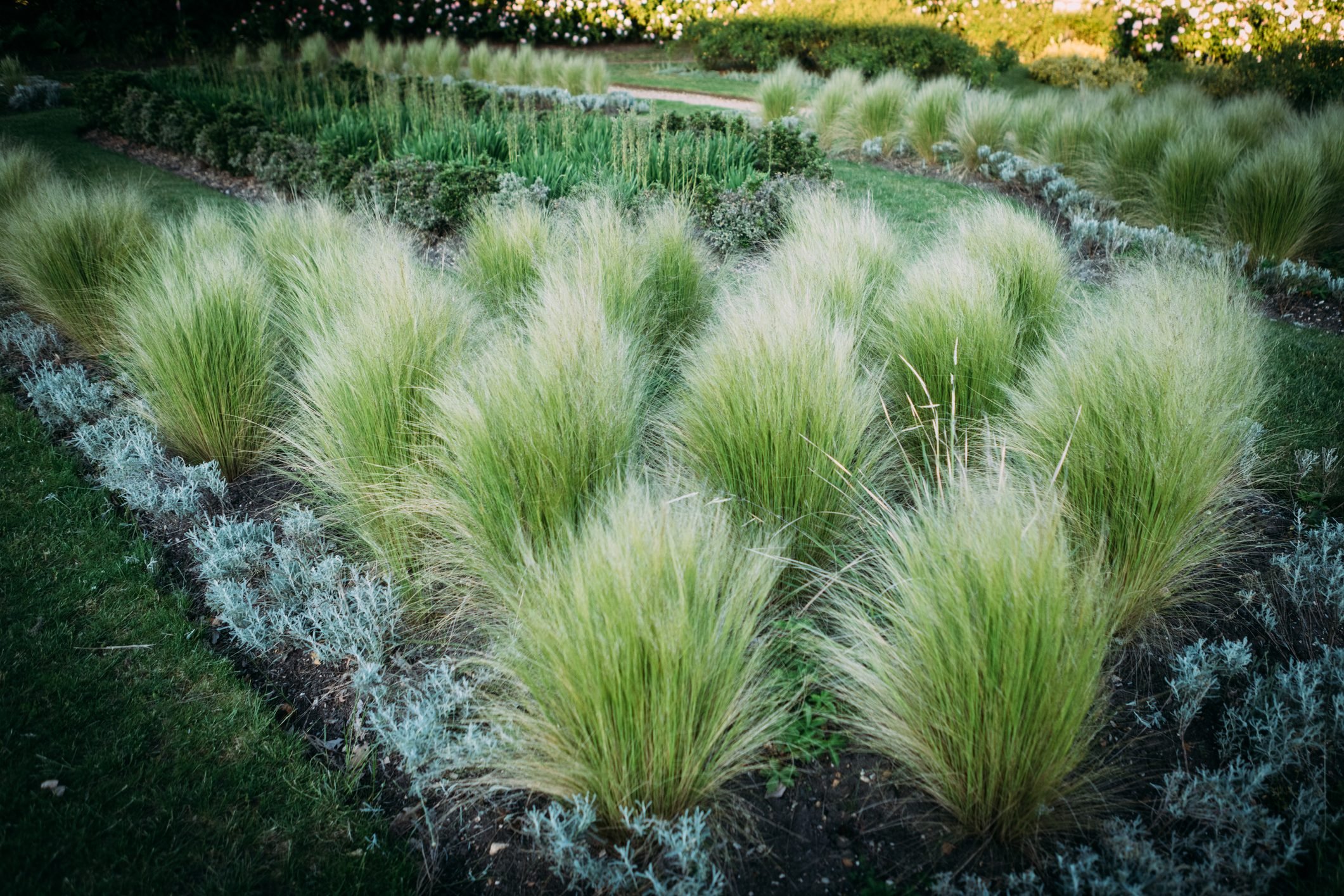
In addition to these plants, there are a number of other herbs and flowers that can be good companions for artemisia. Some other possibilities include:
- Calendula: Calendula is a bright orange flower that is known for its medicinal properties. It makes a good companion for artemisia because it helps to attract pollinators.

- Marigolds: Marigolds are another type of flower that attracts pollinators. They also have a reputation for deterring pests.

- Chives: Chives are a culinary herb that is also a good companion for artemisia. They help to repel pests and they can also be used to flavor food.
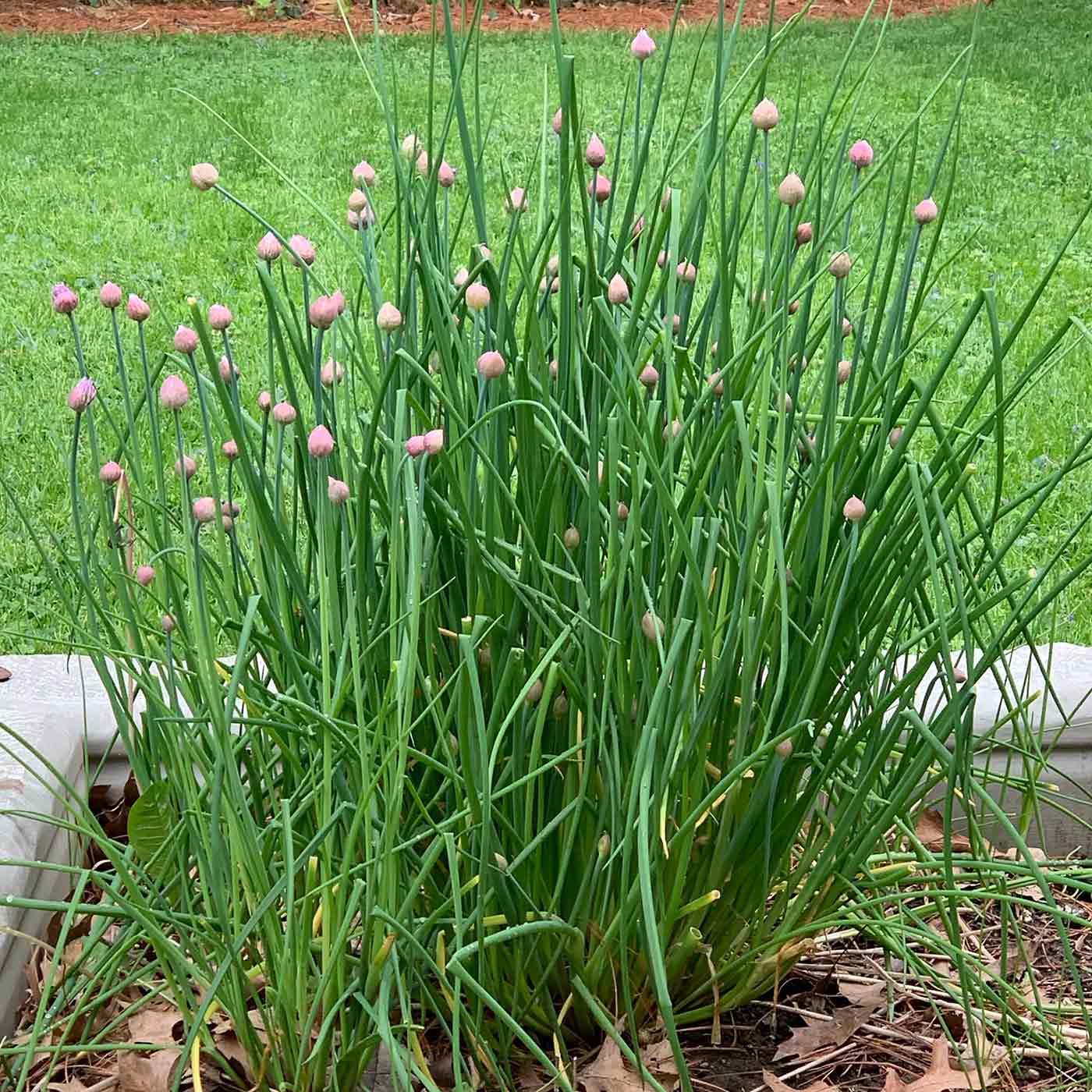
- Rosemary: Rosemary is a fragrant herb that is native to the Mediterranean region. It makes a good companion for artemisia because it helps to repel pests and it can also be used to flavor food.

When planting artemisia with other plants, it is important to consider the size and growth habit of the plants. Artemisias can grow quite large, so it is important to plant them with other plants that will not be overshadowed. It is also important to plant artemisia with plants that have similar water and soil requirements.
By choosing the right companion plants, you can create a beautiful and harmonious garden that is also beneficial to the environment.
Artemisia is a genus of flowering plants that includes many species, such as wormwood, mugwort, and sage. These plants are known for their medicinal and culinary properties, but they can also be used as companion plants.
Companion planting is the practice of planting certain plants together to improve their growth and health. Artemisia companion plants can help to repel pests, attract beneficial insects, and improve the soil.
Some good companion plants for artemisia include:
- Cabbage: Artemisia can help to repel cabbage moths and other pests that attack cabbage.
- Tomatoes: Artemisia can help to attract beneficial insects, such as ladybugs, that prey on tomato pests.
- Herbs: Artemisia can be planted near other herbs, such as rosemary and lavender, to improve the flavor of their essential oils.
If you are interested in learning more about artemisia companion plants, I recommend visiting Gardenia Inspiration. This website has a wealth of information about companion planting, including a list of specific plants that are good companions for artemisia.
FAQ of artemisia companion plants
Q: What are some good companion plants for artemisia?
A: Artemisia is a versatile plant that can be paired with a variety of other plants. Some good companion plants for artemisia include:
- Ornamental grasses: Ornamental grasses add height and texture to a garden, and they can help to disguise the artemisia's woody stems. Some good options include miscanthus, fountain grass, and pampas grass.
- Asters: Asters provide late-season color, and they can help to fill in the gaps around the artemisia. Some good options include New England aster, Michaelmas daisy, and white daisy.
- Stonecrop: Stonecrop is a drought-tolerant plant that can help to retain moisture in the soil around the artemisia. Some good options include sedum, hens and chicks, and ice plant.
- Coneflower: Coneflower is a hardy plant that can attract butterflies and other pollinators. Some good options include purple coneflower, black-eyed Susan, and coneflower.
- Salvia: Salvia adds a touch of color and fragrance to a garden, and it can help to deter pests from the artemisia. Some good options include Mexican bush sage, pineapple sage, and scarlet sage.
Q: What benefits do companion plants provide for artemisia?
A: Companion plants can provide a number of benefits for artemisia, including:
- Disease and pest control: Some companion plants can help to deter pests and diseases from artemisia. For example, marigolds can help to repel nematodes, and yarrow can help to repel aphids.
- Pollinator attraction: Some companion plants can attract pollinators, such as butterflies and bees. This can help to improve the pollination of the artemisia, which can lead to increased flowering and seed production.
- Soil improvement: Some companion plants can help to improve the soil around the artemisia. For example, legumes can fix nitrogen in the soil, which can benefit the artemisia.
- Visual interest: Companion plants can add visual interest to a garden by providing contrast in height, texture, and color. This can help to make the artemisia more attractive and visually appealing.
Q: How do I choose the right companion plants for artemisia?
A: When choosing companion plants for artemisia, it is important to consider the following factors:
- Plant requirements: The companion plants should have similar growing requirements to artemisia. This includes factors such as soil type, sun exposure, and water needs.
- Plant size: The companion plants should be compatible with the size of the artemisia. For example, large artemisia plants should not be paired with small companion plants.
- Plant color: The companion plants should complement the color of the artemisia. For example, a silver artemisia plant would look good with purple or blue companion plants.
- Plant texture: The companion plants should have different textures than the artemisia. This will help to create a more visually interesting garden.
Q: How do I plant artemisia with companion plants?
A: When planting artemisia with companion plants, it is important to follow these steps:
- Choose a location that receives full sun and has well-drained soil.
- Prepare the soil by adding compost or other organic matter.
- Plant the artemisia and companion plants at the same depth as they were growing in their pots.
- Water the plants well.
- Mulch around the plants to help retain moisture and suppress weeds.
Image of artemisia companion plants
5 different images of "artemisia companion plants" from Pinterest:
- Artemisia and lavender: These two plants have a similar silvery-gray foliage, and they both attract pollinators. Lavender also helps to repel pests, which is beneficial for artemisia.

- Artemisia and Russian sage: Russian sage is another plant with purple or blue flowers that complements the silvery-gray foliage of artemisia. These two plants also have similar growing requirements, so they are a good choice for companion planting.

- Artemisia and ornamental grasses: Ornamental grasses add height and texture to a garden, and they can help to disguise the legginess of artemisia as it matures. Some good choices for companion planting with artemisia include miscanthus, fountain grass, and maiden grass.

- Artemisia and asters: Asters are a late-season bloomer, so they provide color in the garden when other plants are starting to fade. They also attract butterflies and other pollinators, which is beneficial for artemisia.

- Artemisia and coneflower: Coneflower is another late-season bloomer that pairs well with artemisia. It has bright, daisy-like flowers that add a pop of color to the garden.
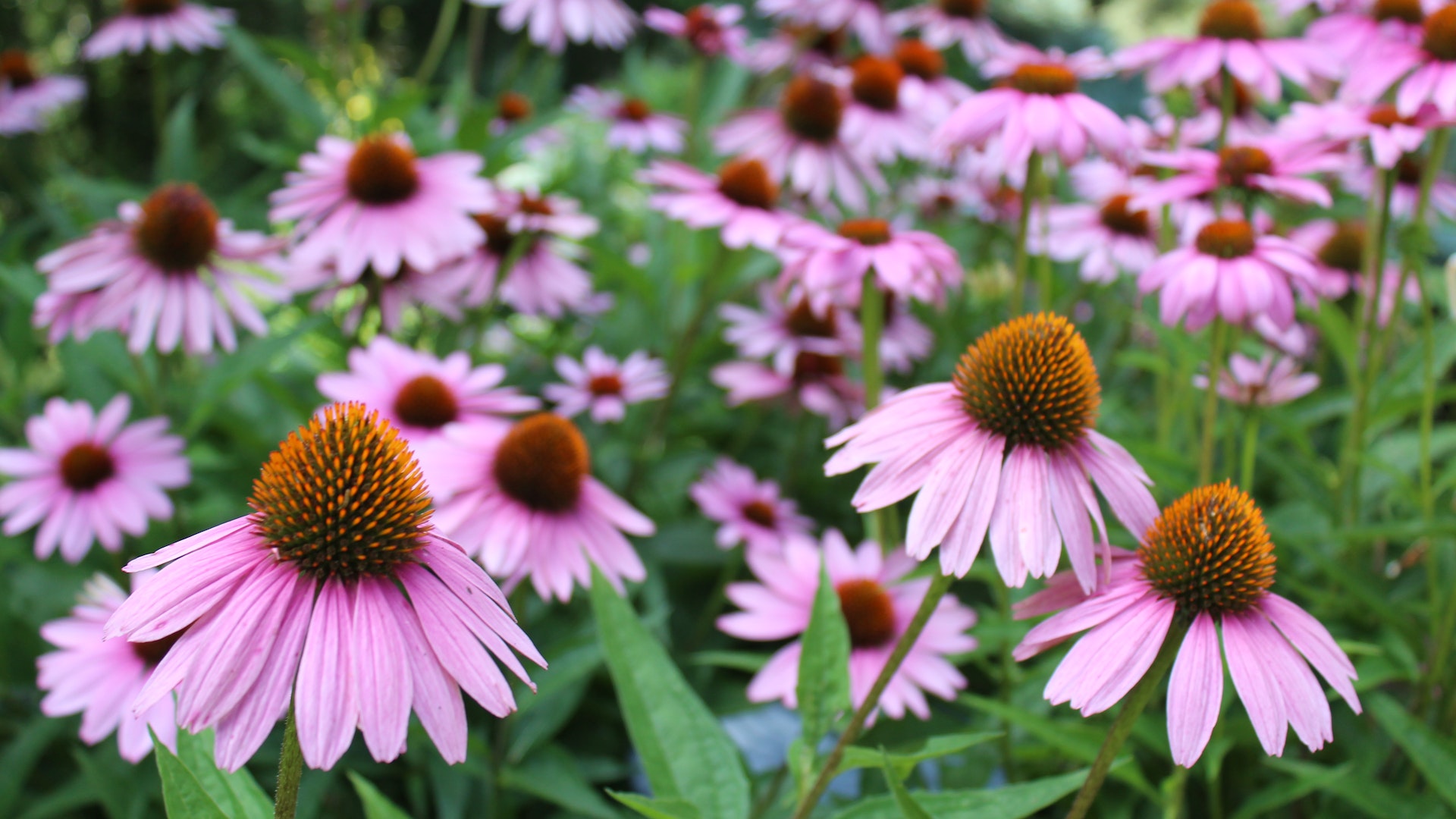
Post a Comment for " Best Companion Plants For Artemisia"